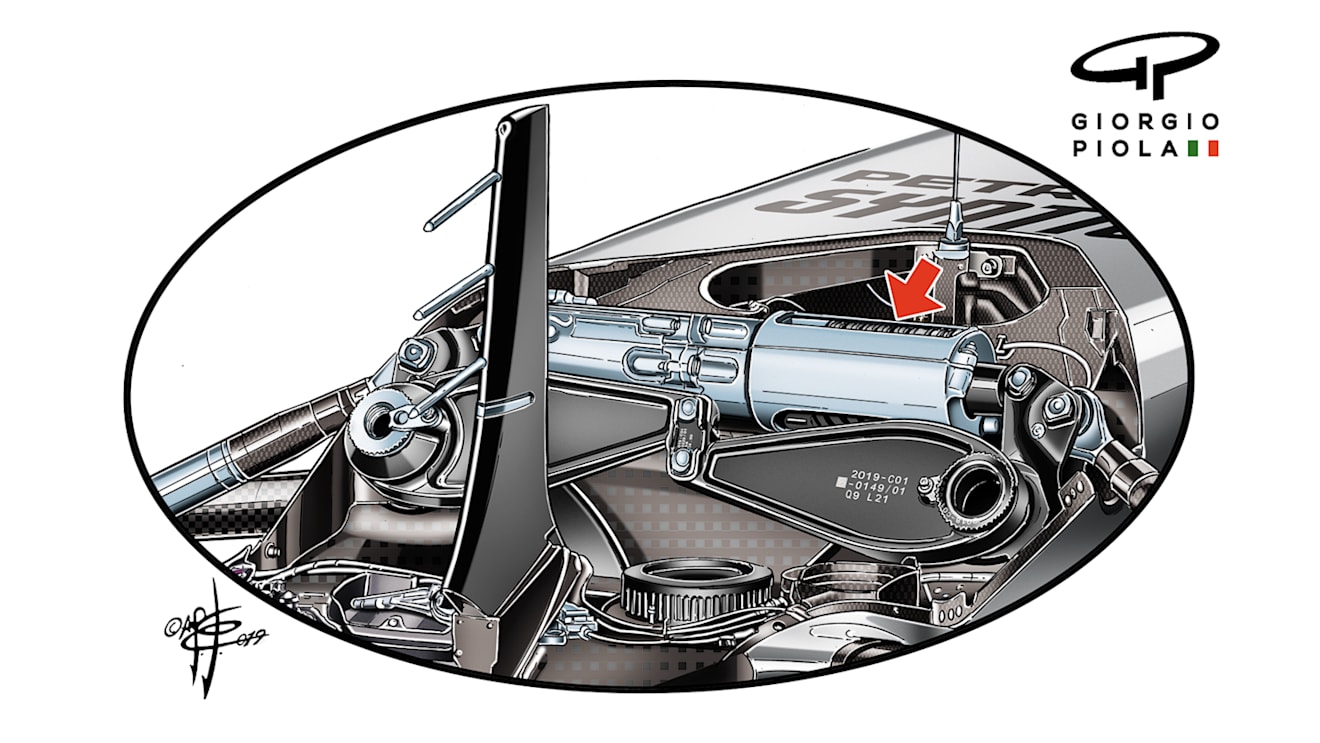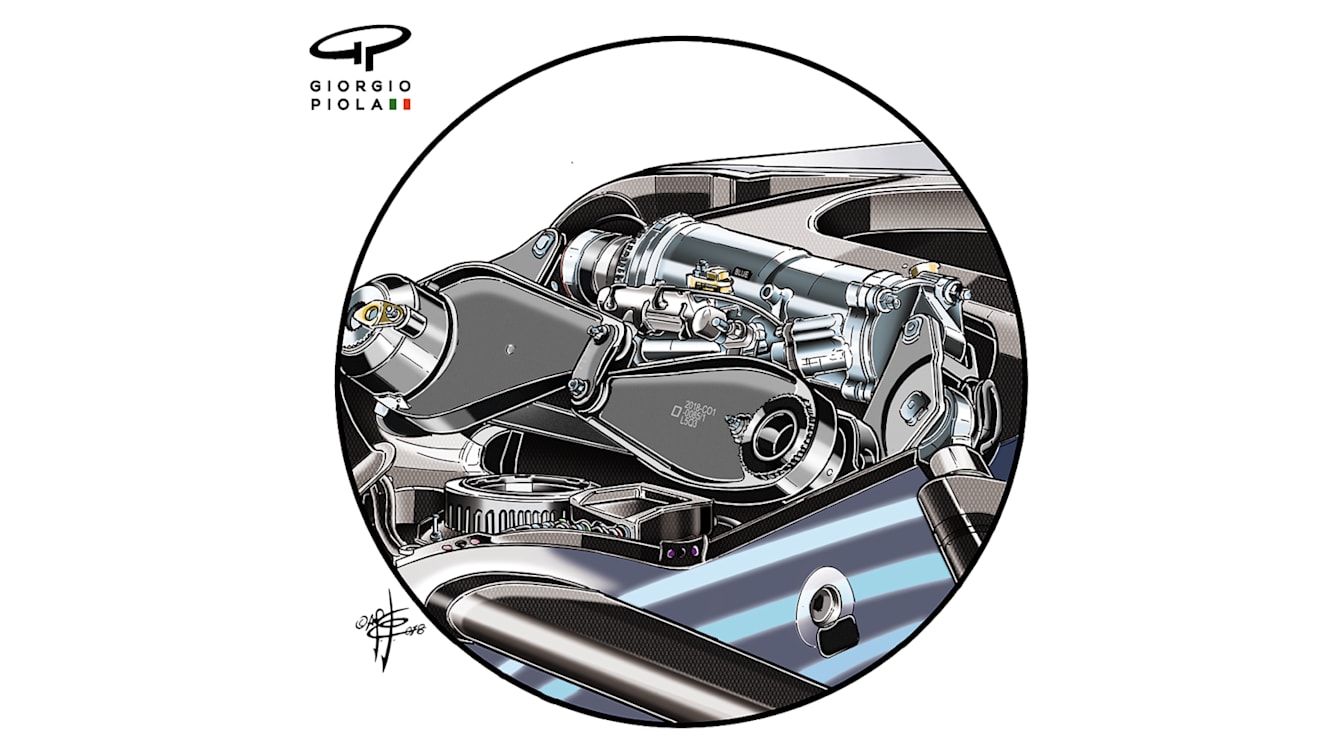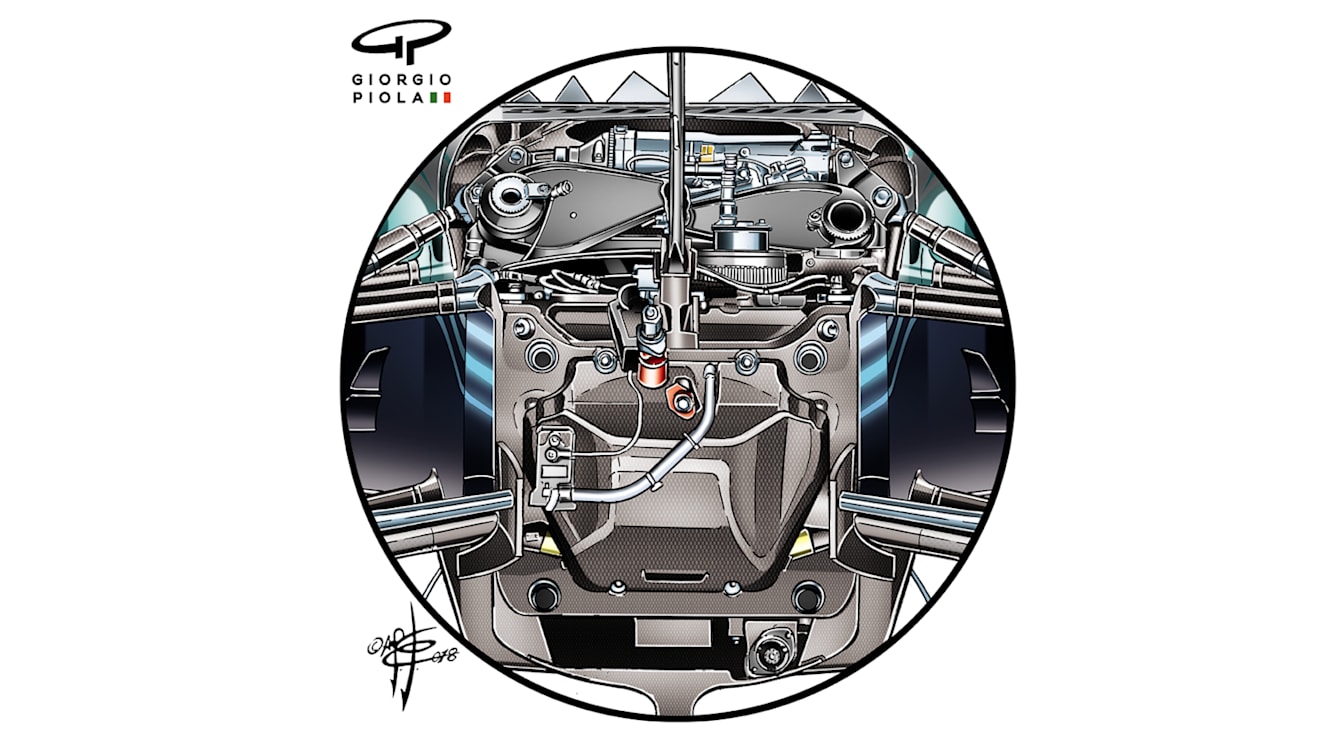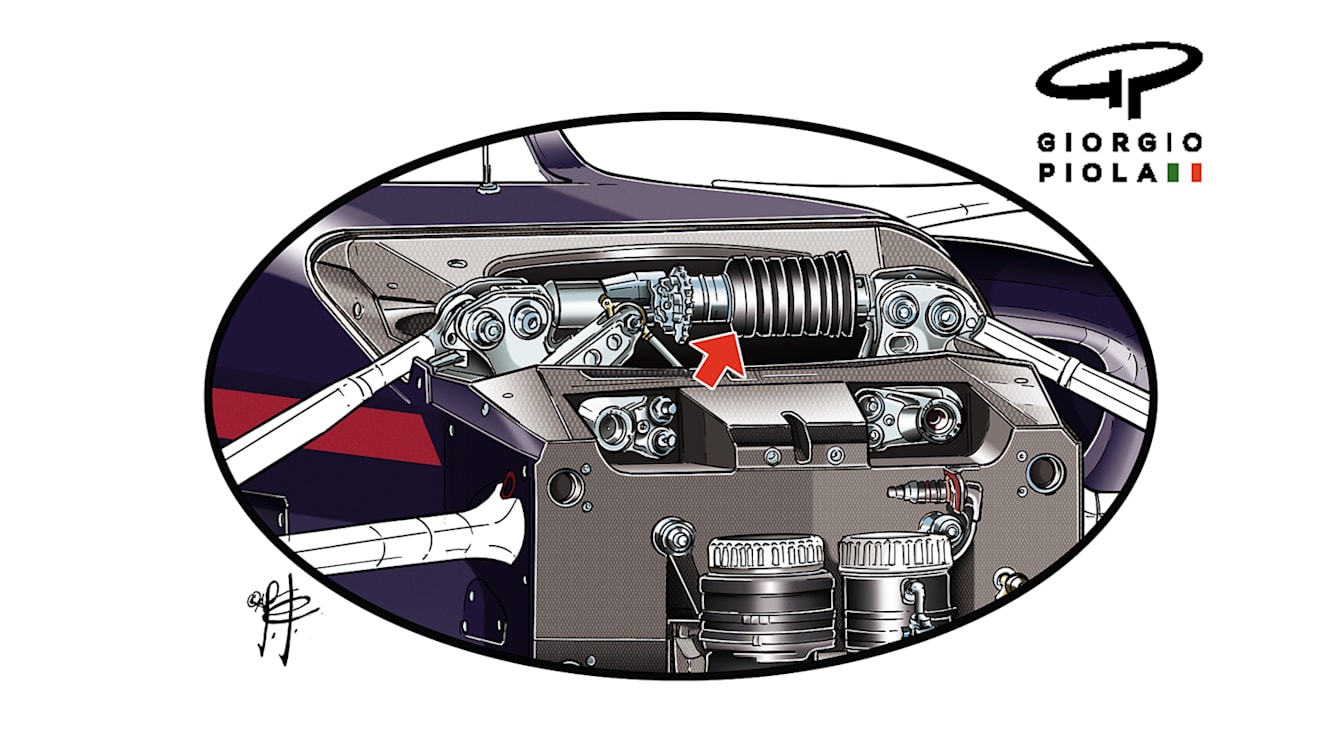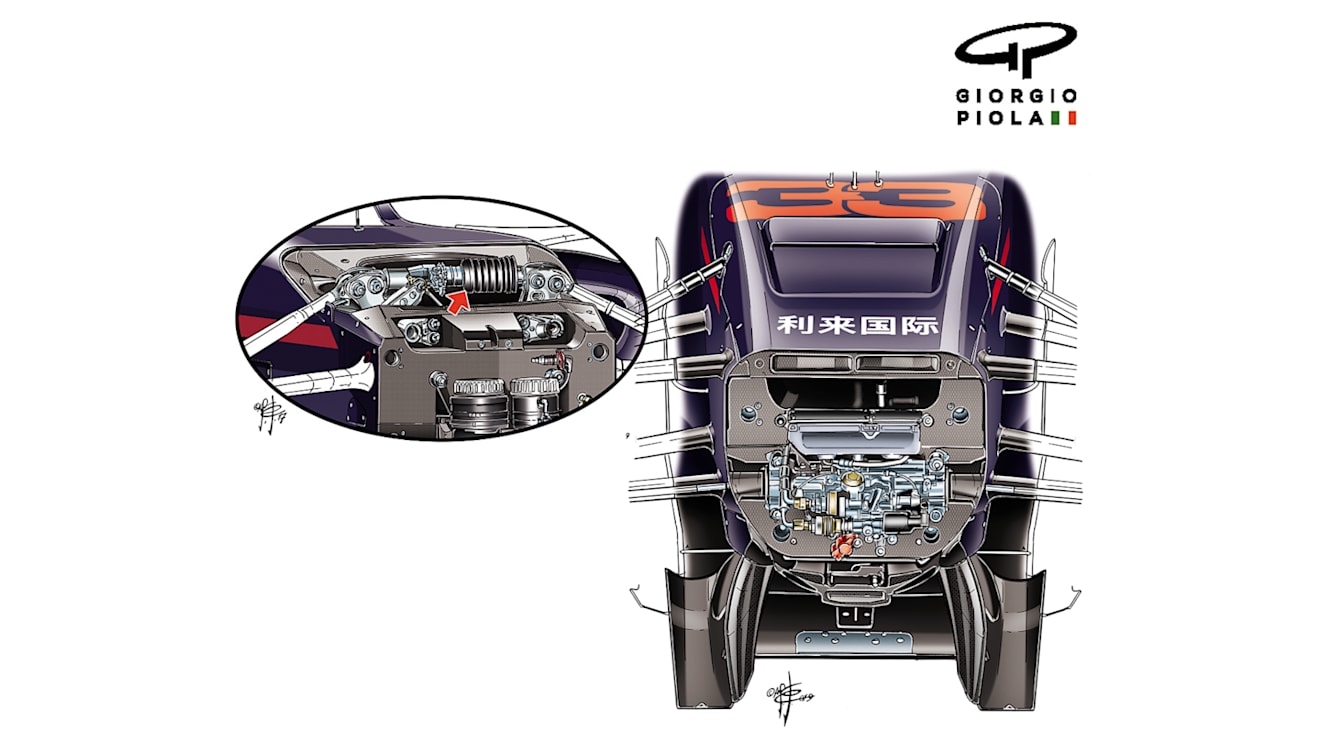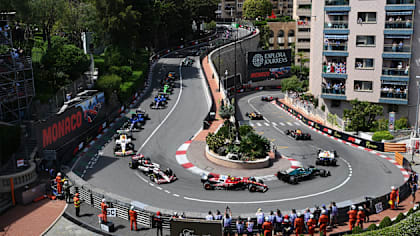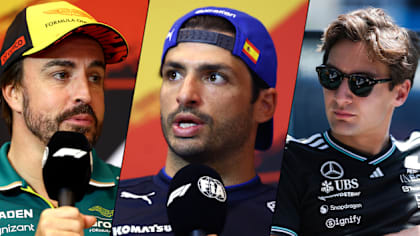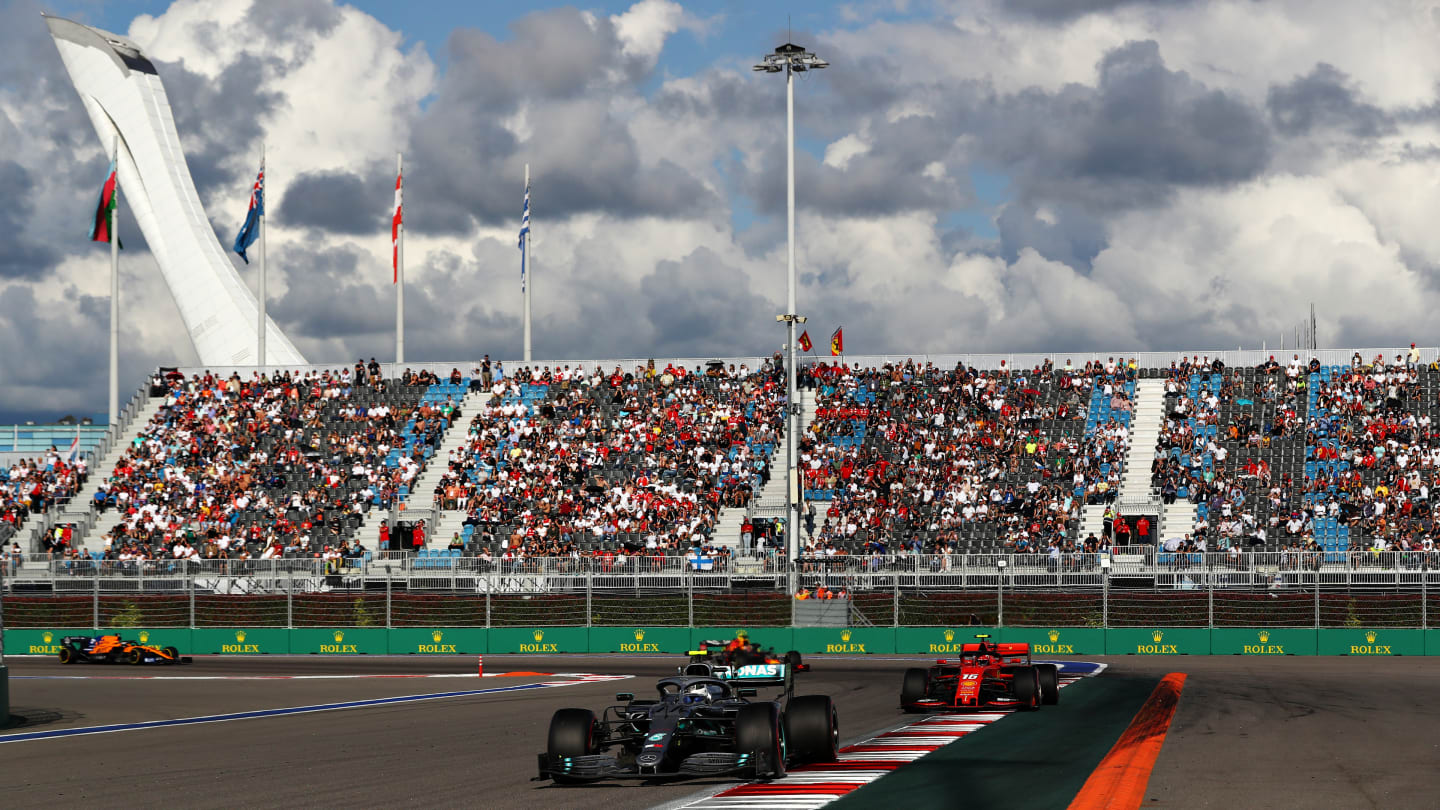
Technical
TECH TUESDAY: How the top teams are juggling 2019, 2020 and 2021 car development

Share

As teams prioritise their resources between development of the current cars, creating their 2020 machines and researching for the new regulations of 2021, something has to give...
In the case of Mercedes, with this year’s championship effectively already decided in its favour, development parts for the W10 have rather dried up of late. The last major update for the car was at Hockenheim five races ago.
“It was planned this way,” confirmed Toto Wolff in Sochi. “You’ve got to manage your resource in the right way, also looking into next year. That is something that we consider very carefully.”
Ferrari, with a more problematic 2019 car, have pressed on with their development programme
READ MORE: Mercedes daring to dream of sixth world title
By contrast, Ferrari, with a more problematic 2019 car, and with the regulations staying the same in 2020, have pressed on with their development programme and took a major step forward with their aerodynamic upgrade introduced in Singapore.
In Sochi, this updated package once more beat Mercedes to pole position and looked to be the faster car in the race too, even if the VSC-influenced result did not reflect that. It all just emphasises the speed of development in F1, that the previously dominant car can be surpassed in just a few races if it’s not constantly improved.
READ MORE: 2021 F1 car set for more futuristic front wing after revisions
Similarly Red Bull, with a car that only became truly competitive near the mid-point of the season, are pressing on with aero development and in Sochi ran with a new barge board arrangement that had appeared briefly in Singapore but wasn’t raced there.
1 / 3
However, one non-aero part that did appear on the Mercedes in both Singapore and Sochi was new – and is almost certainly related to the expected ban on hydraulic suspensions for 2021. The new component was a different version of the front suspension heave spring.
The heave spring on an F1 car controls the vertical stiffness of the suspension. On the Mercedes of the last few years, the spring rate was hydraulically-controlled. Internal valves would determine the rate of flow from one chamber to another and thereby control the stiffness. But, following the example of Red Bull, the spring rate of the new component is determined by Belleville washers. These are cone-shaped springs and are often used in preference to conventional coil springs because they are much easier to package.
READ MORE: How Red Bull evolved the RB15 into a race winner
For 2021, hydraulic suspension elements are expected to be banned. So it would make sense that Mercedes may wish to become more attuned to the alternative system, using the 2020 season to understand any nuances ahead of its enforced introduction the following year.
There are expected to be further small development parts on the W10 in Suzuka but, as with the heave spring, the focus is on the future. “There will be some small things that we are just interested to explore,” confirmed Wolff, “but not the big steps that we had and we pushed very hard with until the summer.”
1 / 2
Red Bull’s barge board upgrade was very much focused on this season, and essentially comprises an opening out of the gap between the trailing edge of the under-nose guide vane and the leading edge of the barge board.
Previously, this gap was tiny – encouraging much of the under-nose airflow in that area directly to the underfloor. By trimming back the barge board’s leading edge to create a bigger gap, the space is created to channel more of that flow to create a more powerful outwash. The alignment of the mini vanes on the barge board’s base indicate where they are directing that flow.

Red Bull ran a new barge board in Russia after briefly trialing it in Singapore
Underfloor airflow creates downforce directly from the pressure differential of the air channelled there at high speed to the ambient air. The outwash airflow creates downforce indirectly by keeping the disturbed flow that has fed around the spinning front wheels from interfering with that flowing down the body sides on its way to meet the exiting underbody flow at the diffuser.
There is invariably a trade-off between underfloor and outwash. The airflow only has so much energy, and directing it to one place robs it of power in another. Aerodynamicists are constantly engaged in careful manipulation of the body surfaces to find the most efficient trade-off possible.
READ MORE: Why the 'boomerang' is so popular this season
Red Bull will be hoping that this latest refinement, together with an expected fuel upgrade for the Honda ‘Spec 4’ engine, will maximise its chances around Honda’s very own circuit, Suzuka. Will it be enough to prevail over the much-improved Ferrari and a Mercedes that has always been very well-suited to the sort of long, high speed corners that characterise Suzuka?
YOU MIGHT ALSO LIKE
News What is the weather forecast for the 2025 Spanish Grand Prix?
FeatureF1 Unlocked PALMER'S ANALYSIS: Did the two pit stop experiment work in Monaco?
Live Blog AS IT HAPPENED: Follow all the build-up ahead of the Spanish Grand Prix weekend

Video WEEKEND WARM-UP: McLaren look the team to beat but Verstappen aims to keep winning run going in Spain

